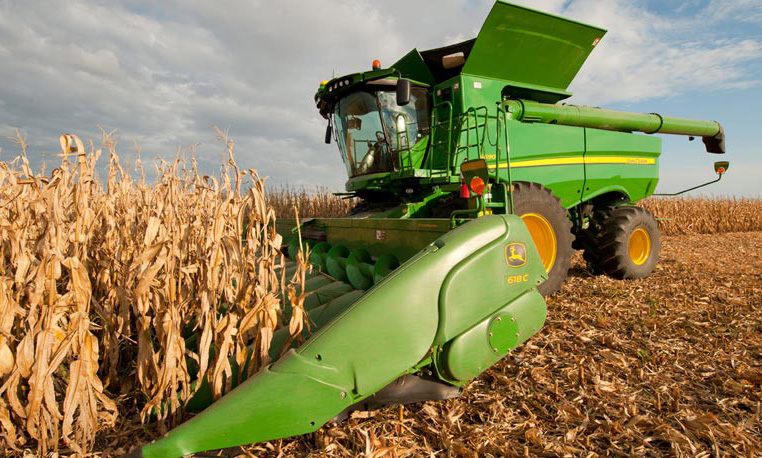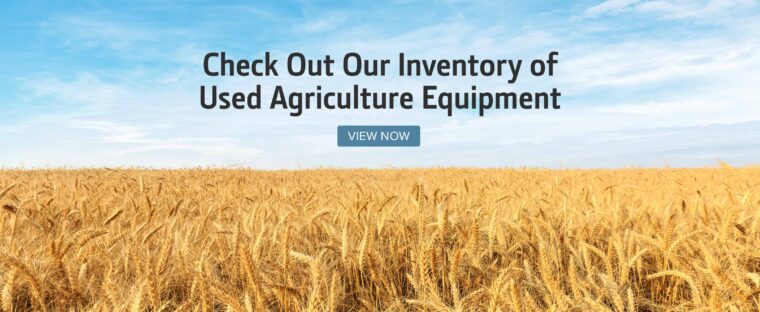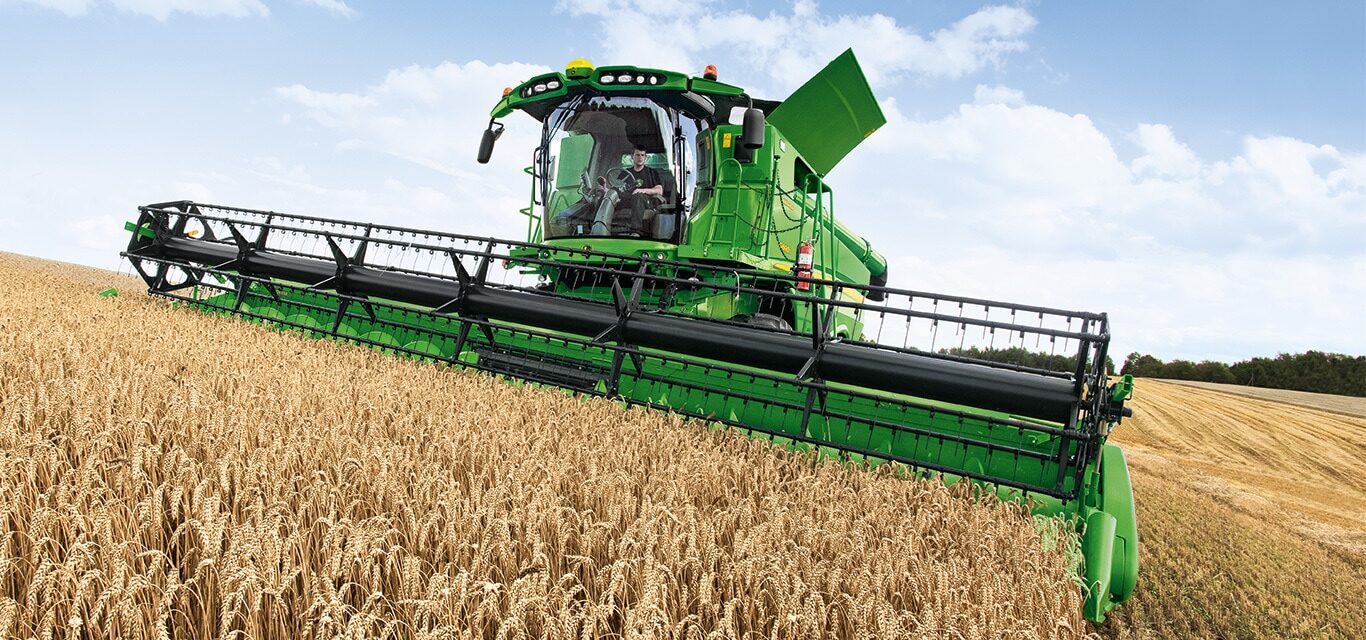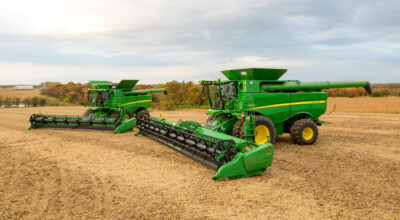Throughout the year, farmers dedicate their time and resources to maximize their crop yields. And while they can do everything in their power to protect their hard work, there is one challenge that most face: Grain loss. That said, while this issue is fairly prevalent, there are steps they can take to limit the negative impact. With a John Deere S-Series Combine, for example, it’s possible to reduce grain loss in a short amount of time. Doing so can ultimately help you make the most of your efforts and improve yield.

What is Grain Loss?
During the harvesting process, grain loss can occur due to a number of reasons. Pre-harvest losses may be caused by weeds, insects, and rusts, while harvest losses may be caused by shattering, which is the breaking of pods. While some grain loss is acceptable, too much can have a negative impact on crop yields.

15 Steps to Preventing Grain Loss with the John Deere S-Series Combine
To ensure they are not losing valuable crop yields, farmers must take certain steps to protect the grain they sowed earlier in the year. Let’s take a look at how you can potentially reduce grain loss with your John Deere S-Series combine on the job.
- Make sure you understand all safety decals according to the operator’s manual before you begin.
- Disengage the header and separator when parking and leaving the machine. Move the multifunctional lever to neutral, and apply the parking brake. Shut off the machine, remove the key, and lock the cab.
- Determine pre-harvest losses. Check in the uncut crop and count the kernels on the crown in a one-square-foot area. Such losses will show up as grain on the ground.
- Before harvesting, verify that all areas where loose grain can escape are closed and sealed. These areas include the feeder house inspection door, stonetrap door, auger bed cleanout, grain tank cleanouts, elevator doors, and separator covers.
- Begin harvesting at the desired speed. Calibrate VisionTrac and observe losses indicated on the display.
- Check that grain loss in the field correlates with what is seen on the monitor.
- If you think that grain loss is more than what is being described on the monitor, take the following steps: utilize interact combine adjust (ICA) and refer to the STS operator’s manual; identify the area of grain loss and perform the procedure for power shut down.
- If unthreshed grain is found at the rear of the machine, increase the threshing speed at 50 rpm increments. Reduce the threshing clearance in 5-millimeter increments.
- Install concave covers for more aggressive threshing.
- If the power shut down indicates shoe losses, inspect the grain tank sample. If the sample is unsatisfactory, increase fan speed in 50 rpm increments.
- If the grain tank sample does not need improvement, increase the chaffer setting by increments of 2.
- To reduce excess chaff in the shoe, be sure the recommended concaves are being used for the crop.
- Operate the feed accelerator in low speed when possible.
- The combine header may be the cause of grain loss. Monitor reel position and speed for platforms and drapers.
- On corn heads, adjust deck plates and back shaft speed to avoid grain loss.
If you have any questions about the John Deere S-Series Combine, you can contact your local John Deere dealer.
If you enjoyed this post or want to read others, feel free to connect with us on Facebook, Pinterest, Twitter, or Instagram!



